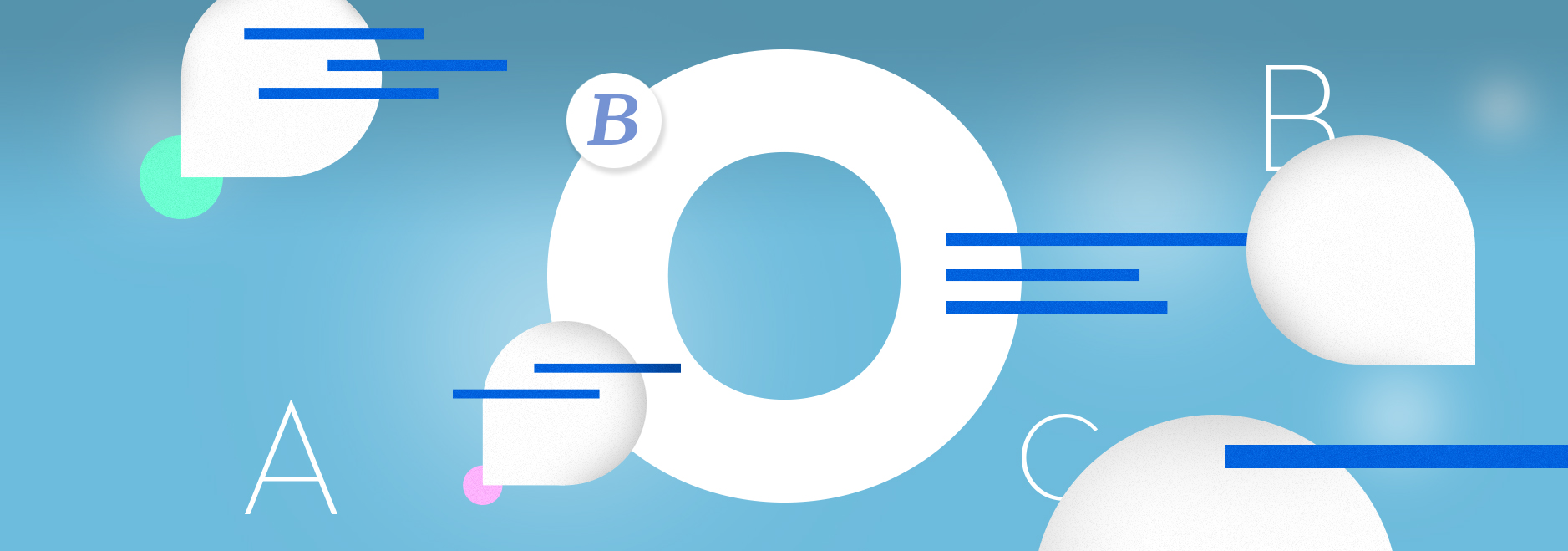The program “Oral Greek from A to C through B” attempts to enhance the Speaking skills in learners of Greek as a Second /Foreign Language that have achieved one of the three learning stages, A (Basic User), B (Independent User), C (Proficient User) according to the Common European Framework of Reference for Languages (CEF, 2001).
The module Oral Greek B aims to help intermediate learners of Greek become better interlocutors, first, by improving their ability to understand native speakers’ oral production, as well as by improving their performance in speaking the language fluently, accurately, appropriately and effectively in a variety of contexts and communicative situations.
The module consists of 11 units with topics similar to those included in Oral Greek A, so that learners can enrich their vocabulary and achieve higher levels or accuracy. Additionally, the four sub-topics of each unit present new aspects of the topics already approached in Oral Greek A, targeting thus not only on vocabulary and grammar expansion, but also on thematic variation, in order to cover as many facets of each topic as possible.
By the end of this module, learners will notice a great increase of their utterance length and a better command of the ability to understand and use synonyms, alternative lexical forms and expressions. Stylistic variation is another facet of oral production that is expected to ameliorate through practicing different occasions of oral interaction. To mention but a few: official complaints and friendly naggings, personal descriptions while making new acquaintances or during job interviews, narrations of past experiences, complaints about room services, advice concerning employment abroad, as well as debates about private/ public education are just a few of the tasks included in the material offered in Oral Greek B.
However, the goal is not communicative efficiency only in such contexts. Through practicing formal and informal speaking, strategies and structures, learners will expand their communicative repertoire in order to participate in more complex and larger pieces of oral interactions and express feelings, beliefs, (dis)likes, ideas and opinions clearly, fluently and spontaneously in new, unexpected communicative situations.
With Oral Greek B, intermediate learners of Greek take the second, most important step which will help them achieve their goal: become a fluent, accurate and effective interlocutor in Greek.









